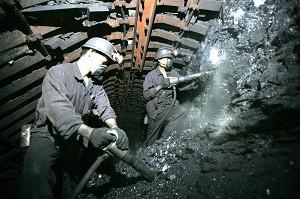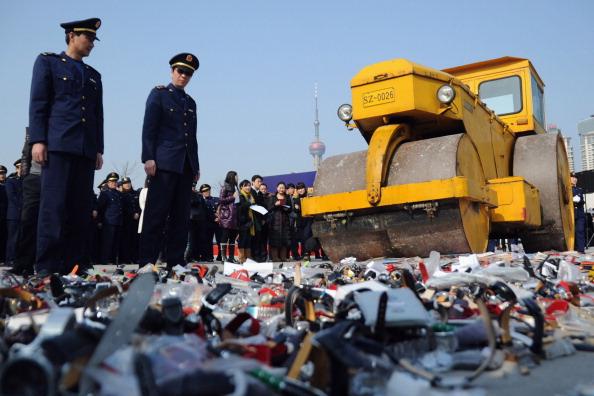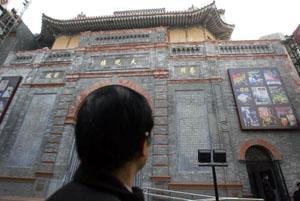After the National People’s Congress and China People’s Political Consultative Conference, it was decided that over 10,000 small coal mines that were previously shut down be restored for production in order to relieve China’s current coal supply shortage. This decision was revealed Li Yizhong, the head of General Administration of Work Safety.
After three years of trying to bring safety standards up to date, 11,155 small coal mines were shut down. However, authorities have now allowed 13,208 coal mines to reopen. Li pointed out that these small coal mines are only to be restored if they met or exceed strict quality standards.
Mr. Cai Congguo a commentator and editor of the Chinese Labor Bulletin, said, “The Chinese formed a habit: Each directive from the central authorities feels like a gust of wind. Like the gust of wind, the directive is clear, but fleeting. It’s asking all the mines to quickly start production again to alleviate the coal shortage. Increasing production at whatever cost puts production at a more important level than work safety.”
On February 3, shortly after Li’s statement, Huang Yi, spokesman for the General Administration of Work Safety, said closing small coal mines was not pertinent to the coal and energy shortage. Three weeks later, Huang added that no matter how tight resources become, small, illegal coal mines will not be reopened despite the shortage, because it would violate the principles of work safety and scientific development.
Zheng Cunzhu, an expert on China issues, said, “The law seems to change from morning to night. When coal mining accidents happen, and authorities are criticized for killing people in the pursuit of a profit, the regime issues polices to shut down some illegal coal mines. However, the energy supply became tight after the snow disaster. The authorities have allowed those illegal coal mines to resume operating. It seems like the authorities were looking for a quick fix.”
Zheng expressed that those mines had safety dangers due to use of outdated equipment. They invested little on equipment so they could earn more profits. If these mines that had never met standards before are permitted to resume production, more coal accidents will probably happen within this year.
The death toll in Chinese mines fell from 6,500 in 2002 to 3,700 last year—an over 45 percent decline. However, in January 2008, it sprung up over 38 percent. According to statistics, small coal mines account for one-third of the total coal production in China, but two-thirds of all mine-related deaths. Roughly 2,000 coal mines have been put back on production to date, and the General Administration of Work Safety has set regulations accordingly.
Regarding the potential safety dangers, Cai said, “Nobody is clear about exactly how many small coal mines are in China. These places could be found anywhere because a portion of them were not under any administrative supervision. It’s not realistic to count on the General Administration of Work Safety in inspecting these small to medium-sized coal mines because its manpower is very limited and most of the staff, in addition to being very corrupt, are not trained professionally.”
According to an official report, more than 10,000 coal mines were shut down, accounting for 44 percent of all small-sized mines in China. Altogether, China might have in upwards of 23,000 small coal mines. Li Yizhong, named by the regime as the hardest working leader, claims to be “indignant” about coal accidents and gets himself “fired up” at the local officials, but nothings seems to come from it as far as implementation of regulations, polices and measures goes.


